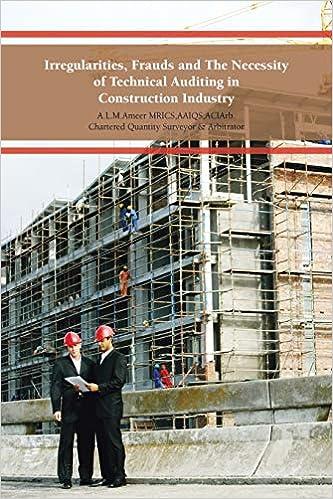ine cost or retained earnings the required rate of If a firm cannot invest retained earnings to eam a rate of return return on retained earnings, it should return those funds to its stockholders. The cost of equity using the CAPM approach The yield on a three-month T-bill is 4%, the yield on a 10-year T-bond is 5.36%, the market risk premium is 10.18%. and the Monroe Company has a beta of 0.98. Using the Capital Asset Pricing Model (CAPM) approach, Monroe's cost of equity is The cost of equity using the bond yield plus risk premium approach In contrast, the Jackson Company is closely held and, therefore, cannot generate reliable inputs with which to apply the CAPM method to estimate its cost of internal equity (retained earnings). However, its management knows that its outstanding bonds are currently yielding 12.31%, and the firm's analysts estimate that the risk premium of its stocks over its bonds is currently 1.80%. As result, Jackson's cost of internal equity (rs)-based on the own-bond-yield-plus-judgemental-risk-premium approach-is: O 16.93% 15.52% 17.64% O 14.11% Tyler Enterprises's stock is currently selling for $23.25 per share, and the firm expects its per-share dividend to be $3.25 in one year. Analysts project the firm's growth rate to be constant at 5.40%. Using the discounted cash flow (or dividend-yield-plus-growth-rate) approach, what is Tyler's cost of internal equity? 16.47% 19.38% 20.35% 26.16% Estimating growth rates It is often difficult to estimate the expected future dividend growth rate for use in estimating the cost of existing equity using the DCF (or dividend-yield-plus-growth-rate) approach. In general, there are three available methods to generate such an estimate: Carry forward a historical realized growth rate, and apply it to the future. Locate and apply an expected future growth rate prepared and published by security analysts. Use the retention growth model. Suppose Tyler Enterprises's is currently distributing 45% of its earnings as cash dividends. It has also historically generated an average return on equity (ROE) of 15.50%. It is reasonable to estimate Tyler's growth rate is








